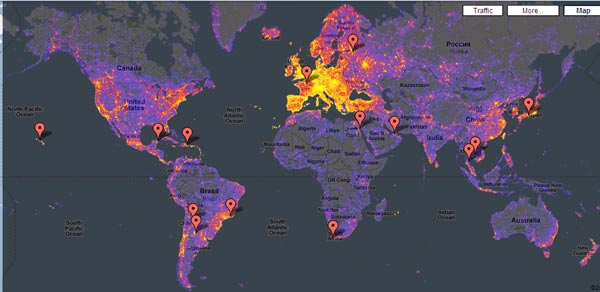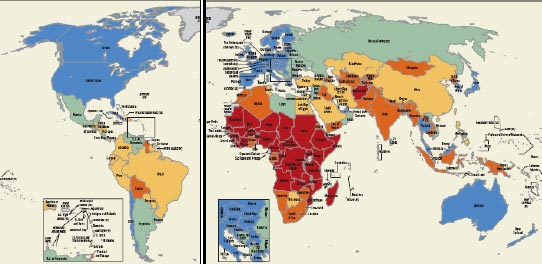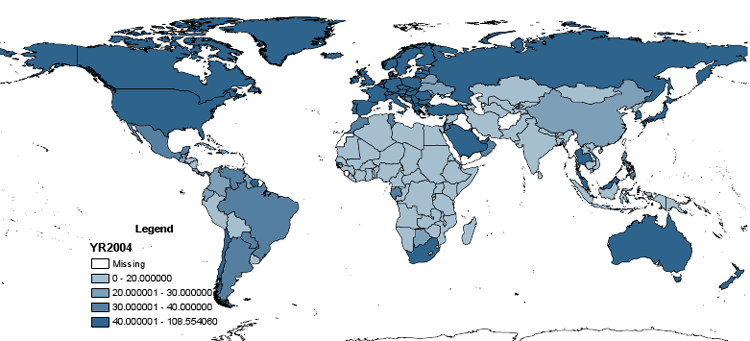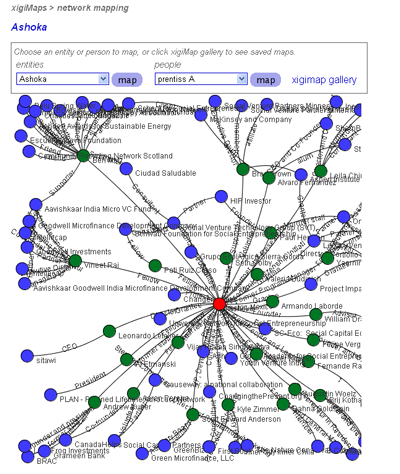Trends in African governance
OOPS: see UPDATE at end of this post. Let's just say we goofed in highlighting the word "Trends." Since, we criticize data errors in others, we will take any punishment you want to dish out to us. Or maybe we will be unintended beneficiaries of the phenomenon that nobody cares about data errors. (This is Bill: I will take the blame since I suggested the whole thing to Laura). The FT’s Emerging Africa section this week has an interactive graphic showing trends in governance for 53 African countries, as ranked by the Mo Ibrahim index. The index measures the quality of governance across four areas: safety and rule of law, participation and human rights, sustainable economic growth, and human development.
UPDATE 12:39pm 6/11, very nice quote from Mo Ibrahim in an article published in 2009 (HT @innovationsjrnl and @auerswald):
When accurate and timely information is accessible, it exposes bad practice and allows citizens to reject poor governance. Such a change brings us out of the era of Africans hanging their hopes on a nationalist leader or supposedly benign dictator. Kenya and Zimbabwe tell us that this is so; when people in these countries felt that their votes were not respected, they did not take it lying down and they did not accept it. This is a very strong message: that the wishes of African people can no longer be taken for granted. All Africans have a right to live in freedom and prosperity and to select their leaders through fair and democratic elections, and the time has come when Africans are no longer willing to accept lower standards of governance than those in the rest of the world.
UPDATE 2 3:47 pm 6/11: Commenter Mozza has rightly pointed out our error (and the FT's) in overlooking this statement on the Mo Ibrahim website: "Data availability prior to 2006 is patchy and is not recommended for comparison over time."
 From Aid to Equality
From Aid to Equality











